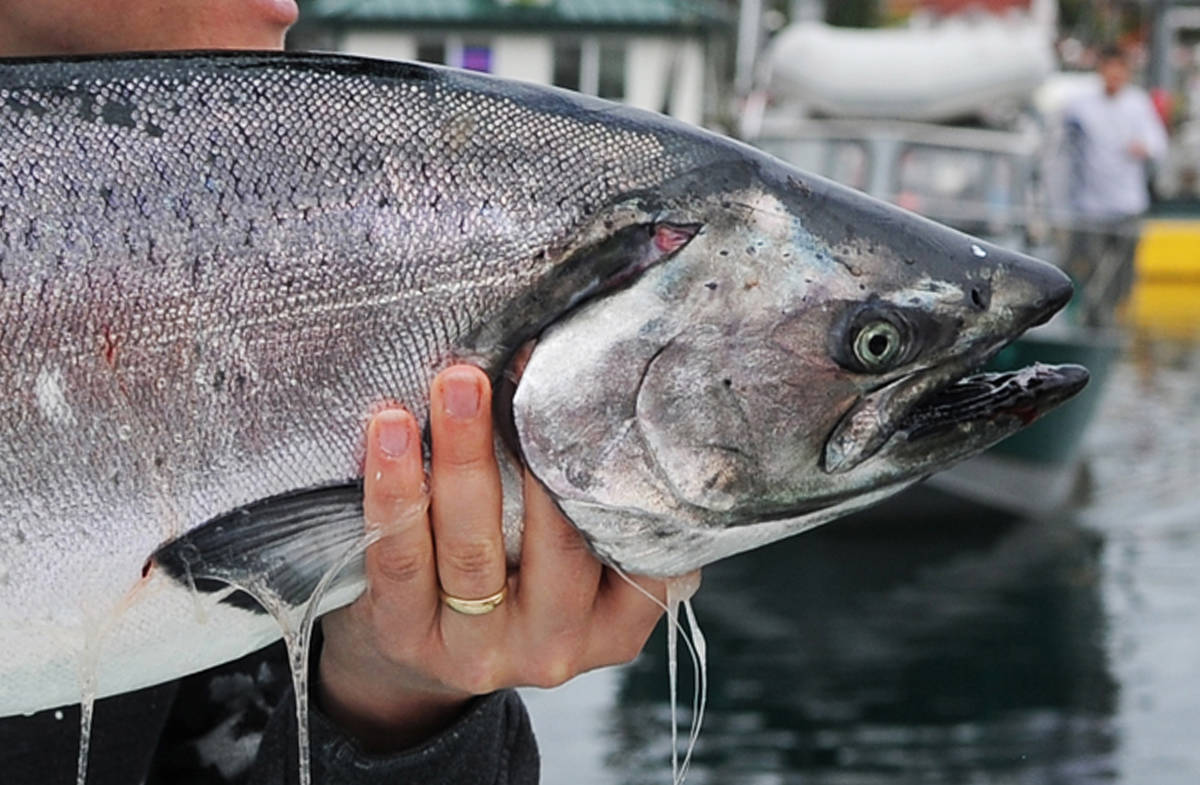I am a proud conservationist. Living in this beautiful place at the edge of the wilderness demands that we conserve and protect it for future generations. Yet, I am voting no on Ballot Measure 1. How do I reconcile those two viewpoints?
The meaning of the word “conservation” has been morphed over the years. Merriam-Webster defines conservation as the “planned management of a natural resource to prevent exploitation, destruction, or neglect.” In simpler terms, it means the sustainable use of natural resources.
Notice the word “use.” In Alaska, we use our resources. We catch and sell fish to world markets. Same with oil, minerals, and timber. Our state is famous for an abundance of resources, and Alaska has accumulated wealth because of them.
We need to keep it that way. Voluntarily locking up our resources is a bad idea, especially when doing so would create serious unintended consequences. Ballot Measure 1 elevates the protection of one resource (fish) over all others. Here in Southeast, we love our salmon almost to the point of reverence, which is not a bad thing. It is an incredible, world-class resource about which we are rightfully proud. But we must also be practical. We can’t prevent communities from building safe and reliable roads and airstrips because they might run alongside fish habitat. That approach makes no sense, but it is exactly what the Outside proponents of Ballot Measure 1 are asking us to do.
It can be hard to discern who is telling the truth when campaigns on both sides present contradicting “facts.” This is why I base my decision on what state government officials have to say about how Ballot Measure 1 will impact their operations. Alaska Department of Fish & Game habitat permit division’s largest client is Alaska Department of Transportation & Public Facilities. DOT&PF develops the infrastructure that serves all Alaskans and provides us with efficient and safe access to goods and services.
In public comments DOT&PF has stated, “This proposal will have a direct impact in the time and cost it takes a project to be developed and put into construction.”
“The proposed language in the initiative limits the structural options available for ADOT engineers.” Off-site mitigation is also prohibited even in portions of the same water body.
This could result in designs that are less safe and less resilient. In layman’s terms, that means any project in or near water (read: all of Southeast Alaska) just became significantly more expensive and time-consuming with increased maintenance needs. Why would we add more impediments to our communities when we already have so many unmet infrastructure needs?
Perhaps the most convincing argument to vote no on Ballot Measure 1 is that, “The ADF&G believes the current permitting process effectively protects anadromous fish habitat.” Fish and Game already takes a science-based approach to permitting, with stellar results.
Our fisheries need help. Research shows that mortality is occurring in the marine environment with changing ocean conditions (acidification, warming and illegal fishing) not because of disregard or neglect of our freshwater habitat. Yet Ballot Measure 1 does nothing to address the problems in the ocean.
In summary, Ballot Measure 1 is a solution looking for a problem. My love and dedication to our wonderful communities and my belief that we must protect our resources for sustainable use compels me to vote no, for all the reasons outlined above, and because we need to keep our communities moving forward.
• Haines resident Brenda Josephson recently retired from her position as a controller and compliance officer for Southeast Road Builders, Inc. She has served on the Haines Borough Planning Commission and as a member of the Haines Borough School Board. She currently holds a seat on the Haines Borough Assembly. My Turns and Letters to the Editor represent the view of the author, not the view of the Juneau Empire.

